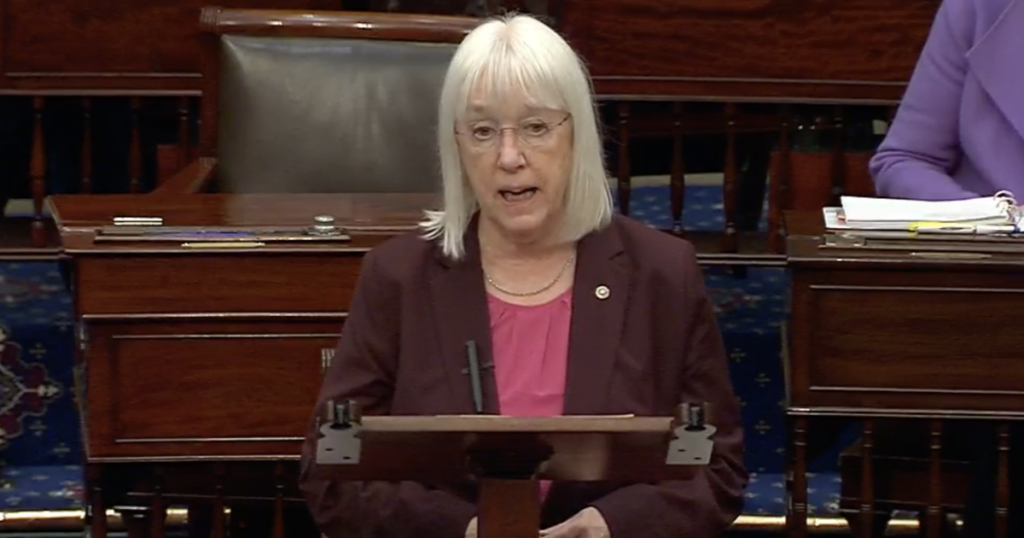(The Center Square) – U.S. Sen. Patty Murray, D-Wash., sent a letter to the U.S. Department of Energy on Monday, demanding answers about new “arbitrary” caps on federal research grants.
Last month, the agency announced a 15% cap on indirect costs for research grants at colleges and universities, which it expanded to nonprofits and other companies on May 5. With another 10% cap on state and local governments, DOE could save more than $935 million annually.
A federal judge issued a preliminary injunction on the university caps just hours after U.S. Rep. Marcy Kaptur, D-Ohio, and Murray sent the letter. However, if the department can justify why it chose the 15% cap while adhering to regulatory procedures, the 15% limit could go into effect.
“Capping indirect cost rates far below their current values compounds the detrimental policy you have already announced, cutting funding for university-led research,” Murray and Kaptur wrote.
The Democrats say the policies put economic development at risk nationwide. According to the injunction, several universities have indirect costs exceeding 50%, far above the 15% threshold.
Murray and Kaptur said the new caps could prevent smaller research organizations from getting federal support. They demanded written answers from U.S. Secretary of Energy Christopher Wright no later than May 30 regarding seven questions on the new DOE grant policies.
They asked what would happen to existing DOE grants that don’t conform to the policies, what data DOE officials used to determine the 10% and 15% caps, the justification for significantly lower thresholds, what outreach they conducted, who it’s exempting, and how DOE assessed the potential consequences of the policies on the state and local governments and nonprofit partners.
“If left to stand, the consequences of these cuts will be severe: multi-sector collaboration will be chilled, community-led innovation efforts across the U.S. will be disrupted, and thousands of jobs supporting energy and infrastructure will be at risk,” Murray and Kaptur wrote. “This abrupt policy change will undercut the very institutions — state and local governments, non-profits, and research organizations — that drive energy innovation, workforce development, and clean energy solutions in local communities.”


